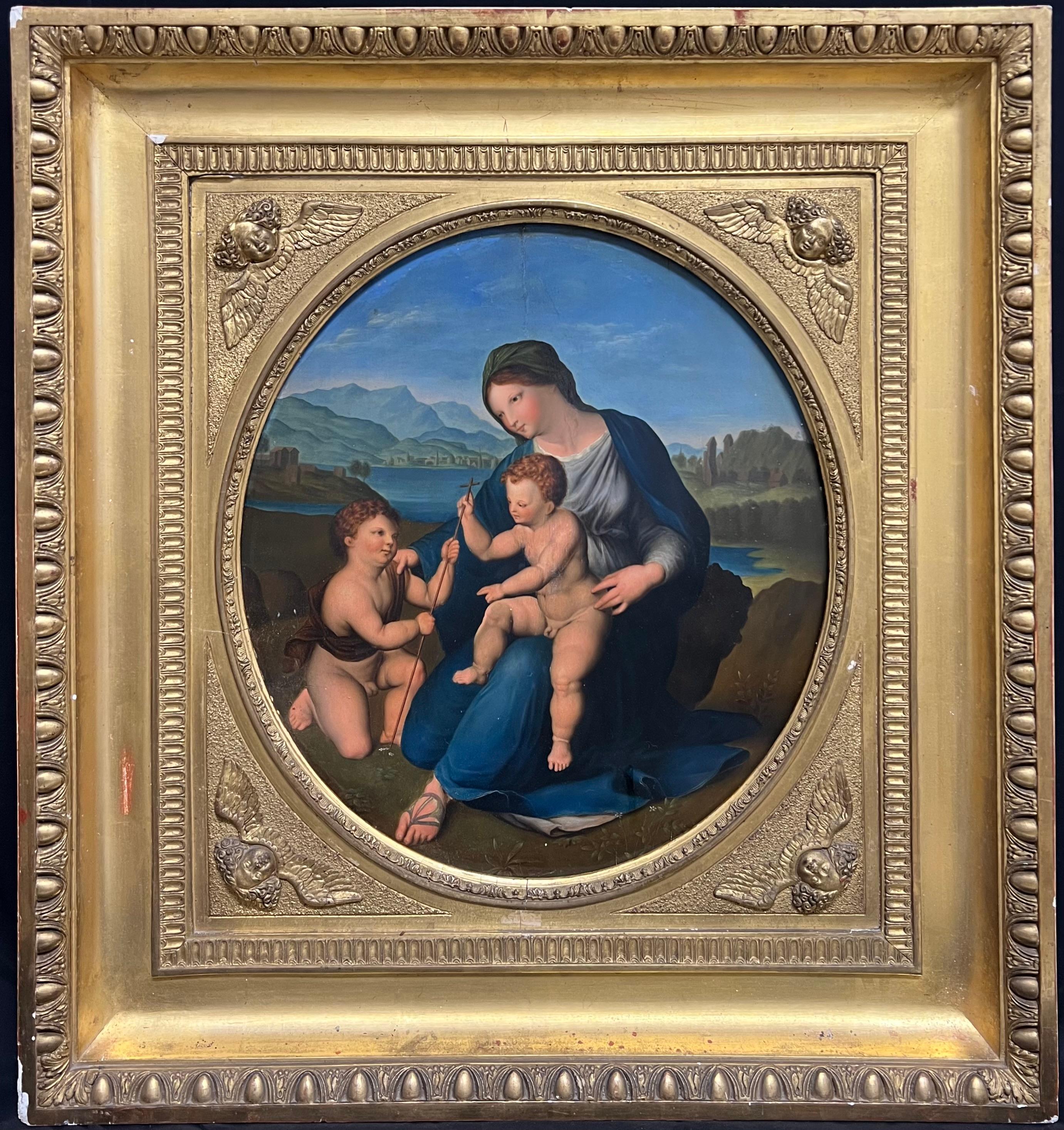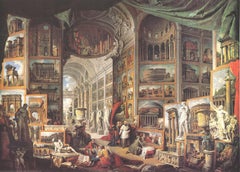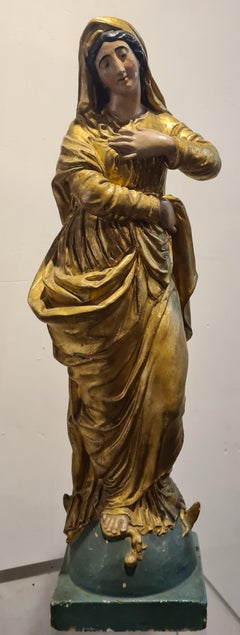Questions & Answers
Our trusted network of 1stDibs sellers answer common questions
Why was Donatello important to the Renaissance?
1 Answer

Donatello was important to the Renaissance for two main reasons. First, he influenced later artists by portraying the human body in a more realistic manner than the medieval sculptors who preceded him. Also, he experimented with a wide range of materials, including wood, bronze and stone. In doing so, he introduced new media to artists of his era. On 1stDibs, explore a wide variety of Renaissance art.
1stDibs ExpertSeptember 9, 2024
Related Questions
- What is Donatello famous for?1 Answer
- Why was Jan van Eyck important to the Renaissance?1 Answer
- What was Donatello's first sculpture?1 Answer
- What are some interesting facts about Donatello?1 Answer
- What sculpture is Donatello best known for?1 Answer
Shop for Renaissance Art on 1stDibs
Paolo Pannini 'Galleria Con Vedute Di Roma Antica' 1996
Located in Brooklyn, NY
This Italian print, published by Nuova Arti Grafiche Ricordi and printed in Italy, features Galleria Con Vedute Di Roma Antica by the renowned 18th-century artist Paolo Pannini. Know...
Category
1990s Northern Renaissance Prints and Multiples
Materials
Offset
French Polychrome and Gilded Statue of The Virgin Mary
Located in Cotignac, FR
A polychrome and gilt plaster statue of the Blessed Virgin Mary. The quality of the original gilding and the handling of the folds in the clothing are exceptional.
A wonderful statu...
Category
Late 19th Century Renaissance Figurative Sculptures
Materials
Gold Leaf
Gothic Renaissance wooden sculpture: bust of a young Saint or Angel
Located in Norwich, GB
This remarkable, deeply evocative fragment is a hand-carved piece of religious statuary from 16th Century France. It depicts the torso of a serene figure, likely a Saint or Archangel...
Category
16th Century Renaissance Figurative Sculptures
Materials
Wood
Very Rare Renaissance Old Master Oil Painting c. 1600 Oil on Panel The Madonna
Located in Cirencester, Gloucestershire
The Virgin Madonna
Spanish Renaissance artist, circle of El Greco (1541-1614)
circa 1600
oil on wood panel, unframed
panel: 20 x 14.5 inches
Provenance: private collection, northern ...
Category
Early 17th Century Renaissance Figurative Paintings
Materials
Oil
$12,950 Sale Price
30% Off
18th Century French Oil Painting on Copper Portrait of Noble Lady
Located in Cirencester, Gloucestershire
Portrait of a Noble Lady
French School, early 1700's period
oil painting on copper, unframed
copper: 5 x 3 inches
condition: very good, minor paint fading and deteriation.
provenanc...
Category
Early 18th Century Renaissance Figurative Paintings
Materials
Copper
$723 Sale Price
30% Off
The Adoration Of The Christ Child Fine Renaissance Old Master Painting Large
Located in Cirencester, Gloucestershire
Artist/School: After Filippo Lippi, Italian 1406-1469. The work is most likely by an English hand, late 19th century
Title: The Adoration of the Christ ...
Category
19th Century Renaissance Figurative Paintings
Materials
Watercolor
$2,066 Sale Price
30% Off


